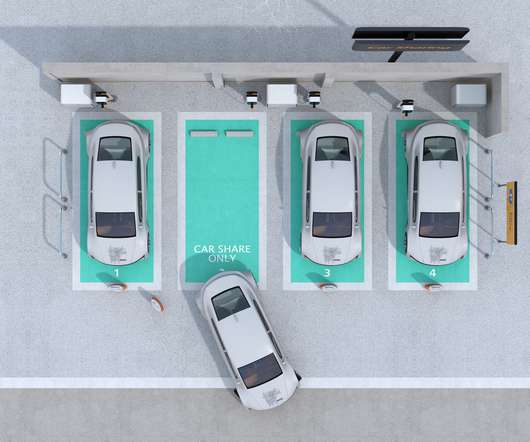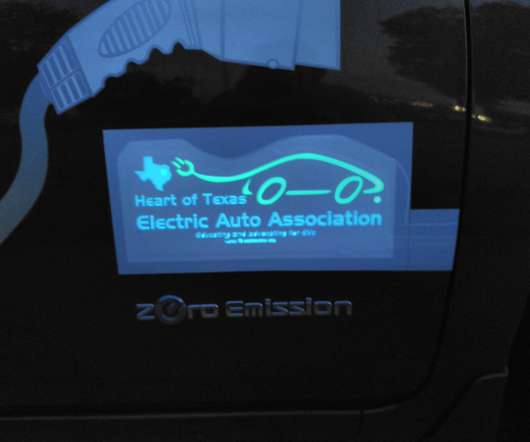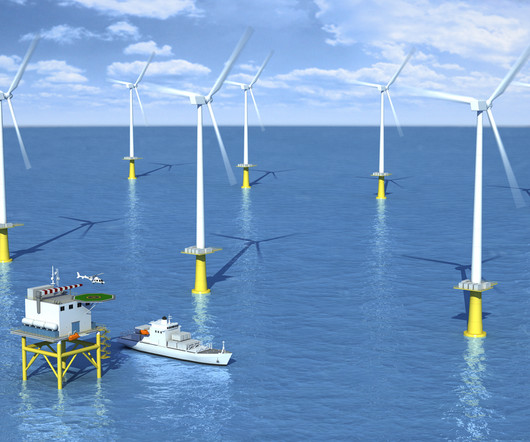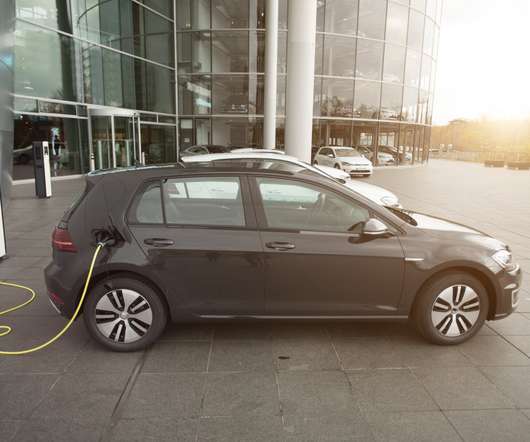Stanford study quantifies energetic costs of grid-scale energy storage over time; current batteries the worst performers; the need to improve cycle life by 3-10x
Green Car Congress
MARCH 10, 2013
A plot of ESOI for 7 potential grid-scale energy storage technologies. Benson from Stanford University and Stanford’s Global Climate and Energy Project (GCEP) has quantified the energetic costs of 7 different grid-scale energy storage technologies over time. Credit: Barnhart and Benson, 2013. Click to enlarge. Barnhart and Sally M.
























Let's personalize your content